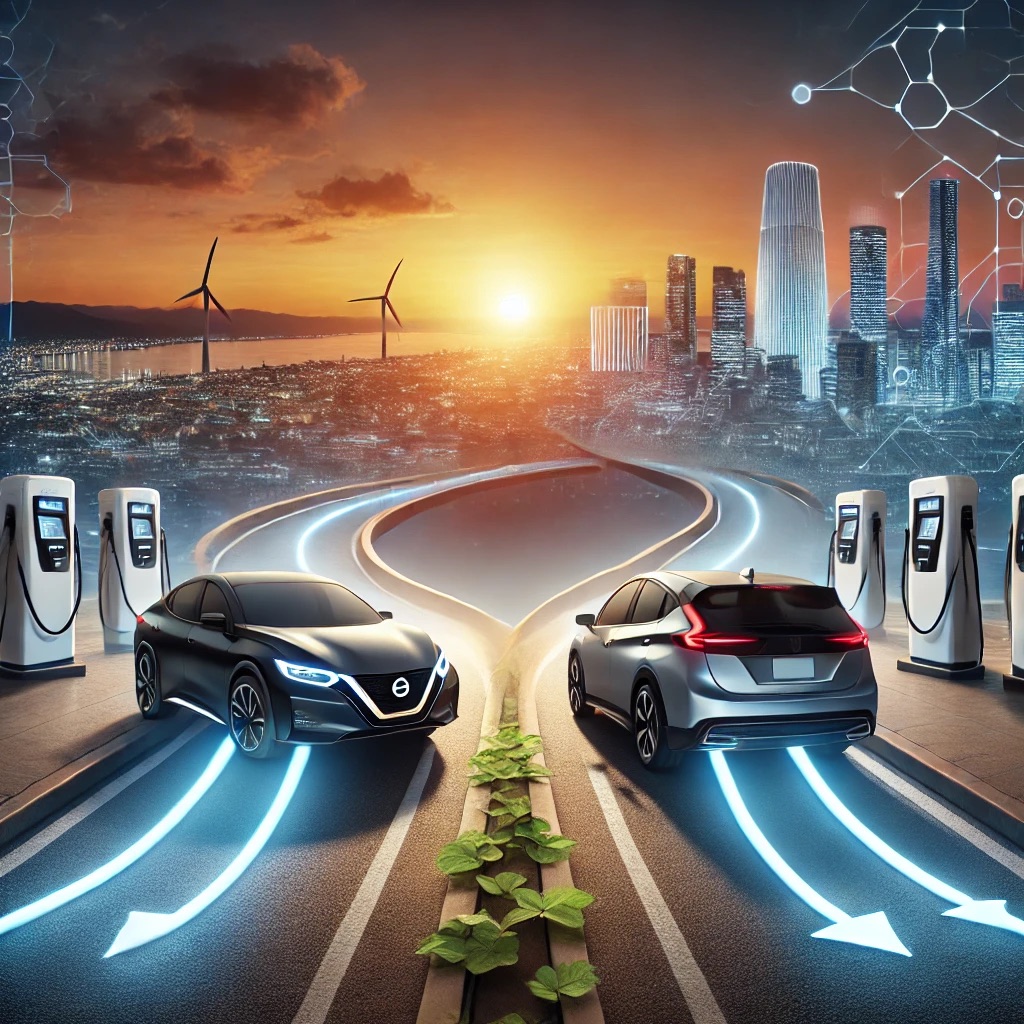In February 2025, Nissan Motor Co. and Honda Motor Co., two of Japan’s leading automakers, officially ended discussions regarding a potential business merger. This decision has drawn significant attention globally, as it could have far-reaching implications for the competitive landscape of the automotive industry. Experts are closely examining the reasons behind the decision and the future trajectory of both companies.
Background of Nissan and Honda’s Merger Talks
Both Nissan and Honda have been facing increasing pressure due to the rapid advancements in electric vehicles (EVs) and autonomous driving technology. The global automotive market is becoming more competitive, with companies like Tesla and China’s BYD gaining dominance.
To streamline development and reduce costs, Nissan and Honda had been exploring the possibility of a merger. However, after thorough discussions, both companies decided not to proceed with the integration.
Why the Talks Were Terminated?
The decision to end the merger discussions was reportedly due to several key factors:
1. Differences in Business Strategies
• Nissan continues to work closely with Renault while pushing forward its own EV strategy.
• Honda has been collaborating with General Motors (GM) and investing heavily in hydrogen fuel cell technology.
2. Corporate Culture Differences
• Nissan has a strong global presence, with a major focus on North American and European markets.
• Honda, on the other hand, has a diversified business portfolio, including motorcycles and aircraft, and values its independence.
3. Distinct EV Development Approaches
• Honda is co-developing EVs with GM and has been building its own technological foundation.
• Nissan, leveraging its alliance with Renault and Mitsubishi, has been focusing on EVs like the Nissan Ariya.
The Future of Japan’s Automotive Industry
With the merger officially off the table, Japan’s major automakers will continue to pursue individual strategies in the increasingly competitive EV market. While this may lead to intensified rivalry, it also presents new opportunities:
• Honda may strengthen its independent research and launch unique EV models.
• Nissan may refine its partnership with Renault and focus on cost reduction and technological innovation.
• Japanese automakers as a whole may explore more flexible partnerships and technology-sharing opportunities.
As the industry shifts toward carbon neutrality and sustainability, how Japanese automakers maintain their global competitiveness will be a key challenge.
Conclusion
The termination of merger discussions between Nissan and Honda does not signify an end, but rather marks a new beginning for Japan’s automotive industry. Both companies now have the opportunity to reinforce their individual strengths and adapt to a rapidly evolving market. The industry will be closely watching their next moves in the race toward electrification and innovation.


